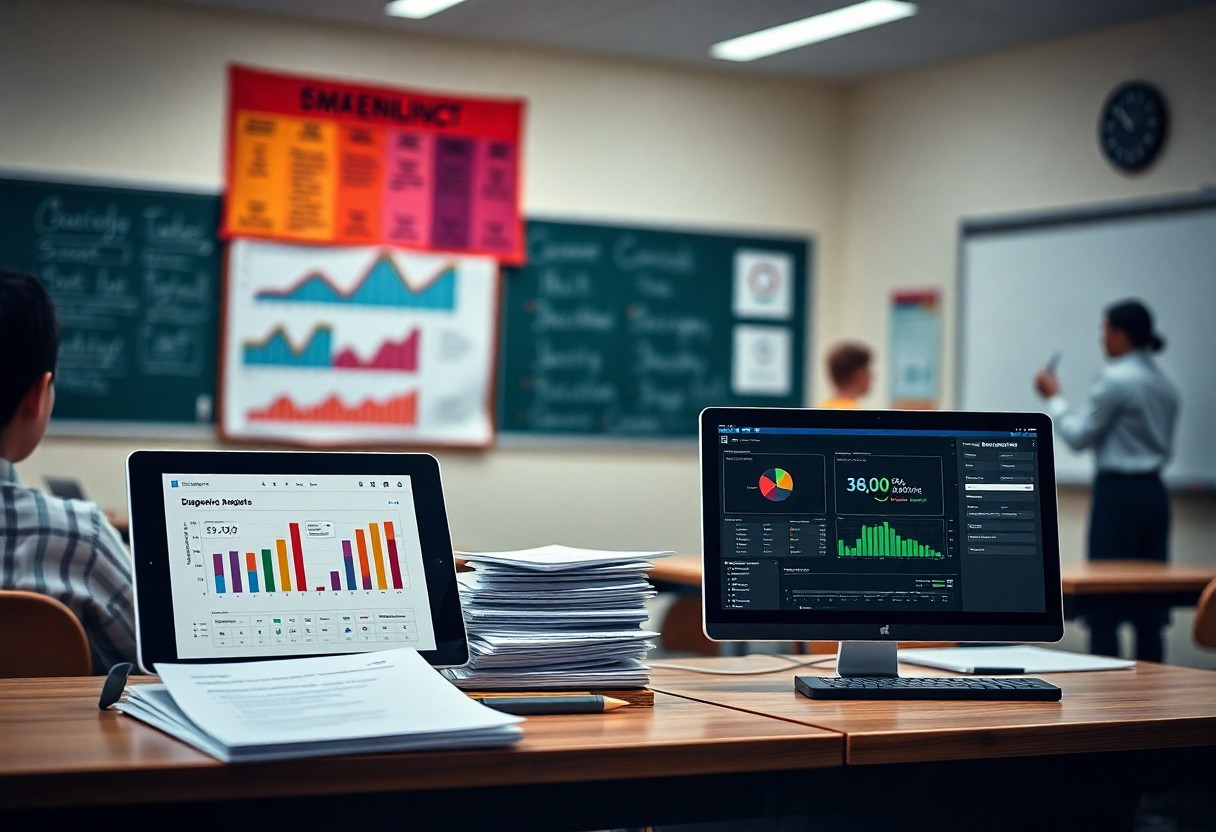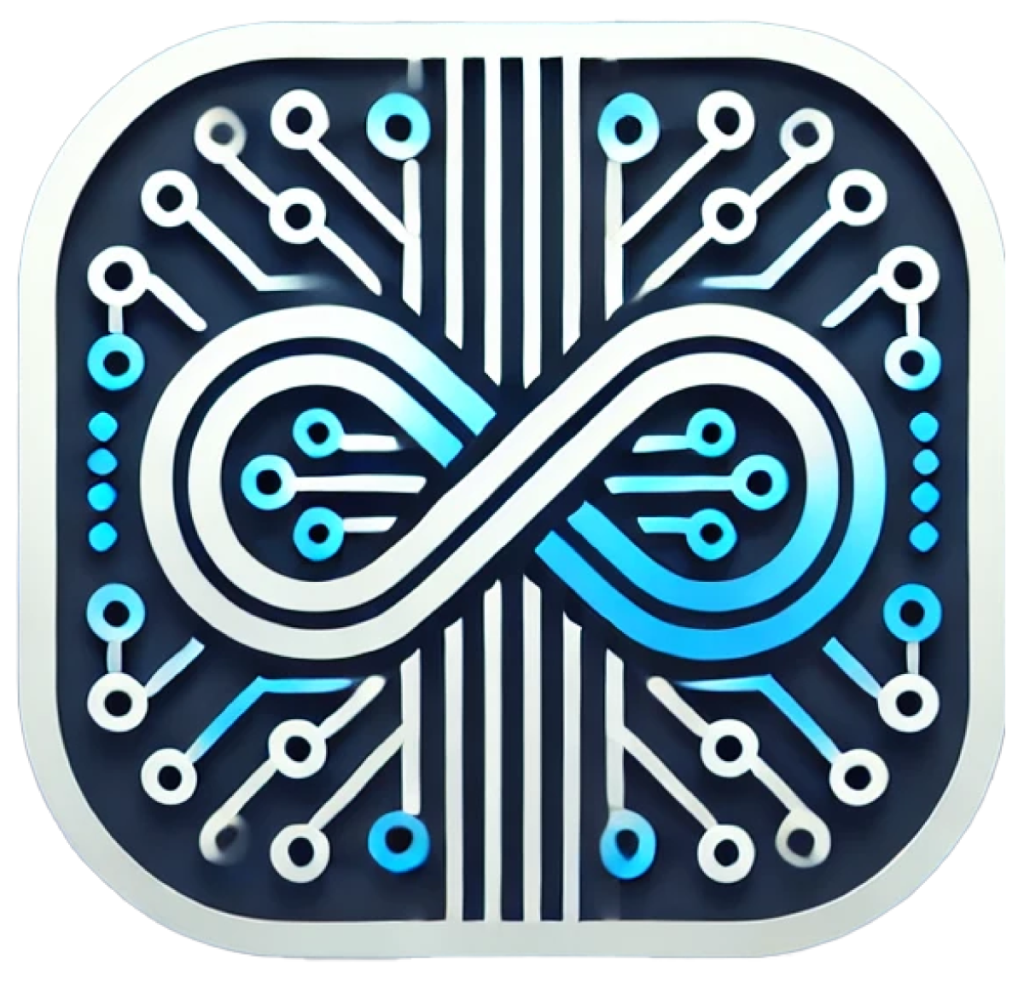Performance enhancement in education starts with the right tools. By utilizing effective learning diagnostics tools, you can identify your students’ strengths and weaknesses, ultimately guiding them toward academic success. This blog post outlines the top five tools that can assist you in tracking progress and crafting personalized learning experiences. Equip yourself with these resources to ensure that you enhance not only student performance but also engagement and confidence in their abilities. Dive in and discover how these steps can pave the way for educational excellence.
Understanding Learning Diagnostics Tools
The landscape of education continuously evolves, making it crucial to leverage effective learning diagnostics tools. These tools assist you in identifying students’ strengths and weaknesses, ensuring that each learner’s needs are adequately addressed. By interpreting data derived from assessments, you can tailor your instructional approach, promoting deeper understanding and improved outcomes.
Definition and Purpose
At its core, learning diagnostics tools are specialized assessments designed to gauge students’ knowledge, skills, and learning gaps. Their primary purpose is to provide you with actionable insights into individual student performance, enabling targeted interventions that enhance the educational experience. By utilizing these tools, you can effectively map a pathway to success for each learner.
Importance in Education
Any effective educational strategy recognizes the significance of learning diagnostics tools. These instruments not only help in identifying learning deficits but also support personalized learning experiences, boosting student motivation and engagement. They foster a data-driven approach that allows you to evaluate the effectiveness of your teaching methods, ultimately leading to better academic performance.
In addition to facilitating personalized education, learning diagnostics tools contribute to a culture of continuous improvement. They provide you with measurable outcomes, enabling you to adjust your teaching strategies and curricula based on student needs. Moreover, the insights derived from these assessments can guide collaborative efforts among educators, enhancing overall learning environments and fostering greater student success.
Tool 1: Formative Assessments
Now, formative assessments stand as a key tool for enhancing student learning. These ongoing evaluations provide you with immediate feedback regarding your students’ understanding and skills. By incorporating formative assessments into your teaching strategy, you can identify areas where your students need additional support, helping to tailor your instruction to meet their needs effectively.
Overview and Examples
Above all, formative assessments are low-stakes evaluations that occur throughout the learning process. Examples include quizzes, one-on-one discussions, peer reviews, and exit tickets. These activities allow you to gather insights about student progress and adapt your teaching methods accordingly.
Impact on Student Learning
Examples of the impact of formative assessments on student learning include increased engagement and accountability. When you utilize formative assessments, students become more aware of their learning journey, actively participating in their growth. This self-awareness fosters a growth mindset, encouraging them to take ownership of their education.
Another significant impact of formative assessments is the way they cultivate a more responsive learning environment. By providing timely feedback, you not only help students identify and address gaps in their knowledge but also promote a culture of continuous improvement. As students receive insights into their performance, they can adjust their strategies, leading to enhanced mastery of content and overall academic success.
Tool 2: Learning Analytics Systems
There’s a growing emphasis on data-driven decision-making in education, and Learning Analytics Systems serve as a powerful tool to help you elevate student performance. By capturing, analyzing, and interpreting vast amounts of data related to student learning, these systems provide valuable insights that empower you to tailor instructional strategies, improve engagement, and enhance academic achievement.
Features and Benefits
By utilizing learning analytics systems, you gain access to real-time data dashboards, predictive analysis, and personalized reporting tools. These features help you identify at-risk students, monitor progress, and apply targeted interventions. You can also facilitate collaborative learning experiences, leading to improved retention rates and optimized teaching strategies through informed decision-making.
Case Studies
Against the backdrop of educational improvements, numerous institutions have reported significant gains through the implementation of learning analytics. Here’s a look at some impactful case studies:
- University A: Implemented a learning analytics system that resulted in a 25% increase in student retention rates over two years.
- School District B: Utilized predictive analytics to identify struggling students, leading to a 30% improvement in their standardized test scores.
- College C: Analyzed course engagement data, which improved overall course completion rates by 40% within a single semester.
The transformative potential of learning analytics is evident through the measurable outcomes achieved by various educational institutions. By leveraging data effectively, you can foster an environment that promotes academic excellence, personalized learning, and systematic support tailored to student needs.
Tool 3: Educational Software with Adaptive Learning
Once again, utilizing educational software with adaptive learning can significantly enhance student performance by personalizing the learning experience based on individual needs. This innovative tool automatically adjusts the content and difficulty of the material presented, ensuring that you receive a tailored approach that suits your learning pace. By implementing this tool, you can foster a more engaging and effective learning environment that drives better outcomes.
Definition and Functionality
Any educational software with adaptive learning uses algorithms to assess your current knowledge and skills, providing customized instructional experiences. This type of software constantly monitors your progress and adapts in real-time, offering exercises and assessments that align with your learning style and pace. As a result, you receive support where you need it most, enhancing both motivation and retention.
Success Stories
For many educators and students, the integration of adaptive learning software has led to remarkable achievements. Schools that have adopted these tools often report significant improvements in engagement and performance among students with varying learning needs.
Indeed, schools and educational institutions that embraced adaptive learning software have documented notable success stories. For example, a secondary school in New York implemented an adaptive math program, resulting in a 25% increase in students passing standardized exams within a year. In another instance, a community college saw a dramatic rise in retention rates when using adaptive reading programs. These success stories illustrate that when you harness the power of adaptive learning technology, you can create personalized pathways leading to improved academic performance and greater student satisfaction.

Tool 4: Peer and Self-Evaluation Techniques
For educators seeking to elevate student performance, peer and self-evaluation techniques serve as powerful tools. These methods empower students to assess their own work and that of their classmates, fostering a reflective learning environment. By engaging in evaluations, you encourage critical thinking and ownership of the learning process, ultimately leading to greater academic success.
Methods and Implementation
Around various classroom settings, techniques like rubrics and checklists can facilitate structured peer evaluations. You can introduce regular self-assessments where students reflect on their learning goals and achievements. Leveraging technology, such as online platforms for submissions and feedback, can further enhance accessibility and engagement in the evaluation process.
Enhancing Student Accountability
Between self and peer evaluations, students develop a sense of ownership over their learning journey. As they provide constructive feedback and reflect on their own contributions, they become more aware of their strengths and areas for improvement. This process not only builds responsibility but also cultivates a supportive classroom atmosphere where students learn from one another.
Also, encouraging students to set personal benchmarks enhances accountability. When students actively participate in evaluating their work and that of their peers, they are more likely to take the feedback seriously and implement changes accordingly. With this practice, you can create a culture of constructive criticism that fosters growth, motivating students to achieve their full potential.
Tool 5: Embedded Assessment Strategies
Despite the growing emphasis on standardized testing, embedded assessment strategies offer a more integrated approach to evaluating student performance. These strategies allow you to assess learning in real-time, providing immediate insights into student understanding. By incorporating assessments into daily learning activities, you can identify gaps in knowledge and skill areas where students may need additional support, ultimately driving improvement in their overall performance.
Concepts and Approaches
Beside traditional assessments, embedded assessments can take various forms such as quizzes, discussions, or collaborative projects. These methods are designed to assess specific learning objectives while allowing you to engage your students actively. You can structure these assessments to align with your teaching strategies, making it easier to gather data and insights that inform your instructional decisions.
Effectiveness in Real-Time Feedback
Tool-based assessments offer immediate insights into your students’ comprehension, enabling you to adjust your teaching on the fly. This real-time feedback fosters an adaptive learning environment where you can address misconceptions as they arise, ensuring that your students remain on track.
Real-time feedback through embedded assessments helps you to pinpoint which concepts resonate with your students and which do not. By deploying quick evaluations, you can keep a finger on the pulse of student learning. If you notice widespread misunderstanding of a topic, you can pivot your lesson plans accordingly, providing targeted mini-lessons or additional resources. This responsiveness not only enhances student learning but also reinforces your role as a facilitator of their educational journey.
Summing up
Drawing together the insights from the top 5 learning diagnostic tools, you can effectively elevate your student performance by adopting a data-driven approach. These tools provide you with the invaluable ability to identify learning gaps, tailor instruction, and monitor progress, ensuring a more personalized learning experience. Implementing these steps in your educational practice will not only enhance student engagement but also foster lasting success in their academic journey. Embrace these resources confidently to transform your teaching and empower your students to achieve their best.
FAQ
Q: What are the top 5 learning diagnostics tools recommended for enhancing student performance?
A: The top 5 learning diagnostics tools include:
- Kahoot! – An interactive quiz platform that engages students in a fun way, allowing teachers to assess understanding in real-time.
- Formative – This tool allows educators to create assessments and provide immediate feedback, helping students to learn and improve continuously.
- Edpuzzle – A video tool that lets students learn at their own pace, allowing for interactive questions and insights into student engagement.
- Nearpod – A versatile teaching tool that combines presentations with interactive elements, enabling teachers to gather instant feedback on student comprehension.
- Socrative – A cloud-based assessment tool that enables real-time poll and quiz options, promoting active student participation and understanding during lessons.
Q: How can these diagnostic tools help in assessing student understanding?
A: These tools provide various methods for teachers to gauge student understanding effectively. For instance, platforms like Kahoot! and Socrative facilitate immediate feedback through quizzes and polls, enabling teachers to identify challenging concepts for students instantly. Formative assessments allow educators to monitor progress and adapt instruction accordingly. Edpuzzle’s engagement with video content can highlight areas where students may struggle, while Nearpod can tailor lessons to student needs based on real-time data collection. Collectively, they support a more tailored learning experience that focuses on student achievement.
Q: What steps can educators take to successfully implement these tools in the classroom?
A: To effectively implement learning diagnostics tools, educators can follow these steps:
- Familiarization: Educators should take time to explore each tool, understand its features, and how it aligns with learning objectives.
- Integration: Gradually incorporate these tools into lesson plans, starting with a single tool to manage the learning curve for both students and teachers.
- Training: Providing students with guidance on how to use the tools ensures they can navigate them confidently and maximize their effectiveness.
- Feedback and Reflection: After implementation, collecting feedback from students on their experience can inform adjustments and improvements in teaching strategies.
- Continuous Improvement: Regularly assess the effectiveness of the tools and make data-driven decisions to modify use or replace them as necessary.

0 Comments